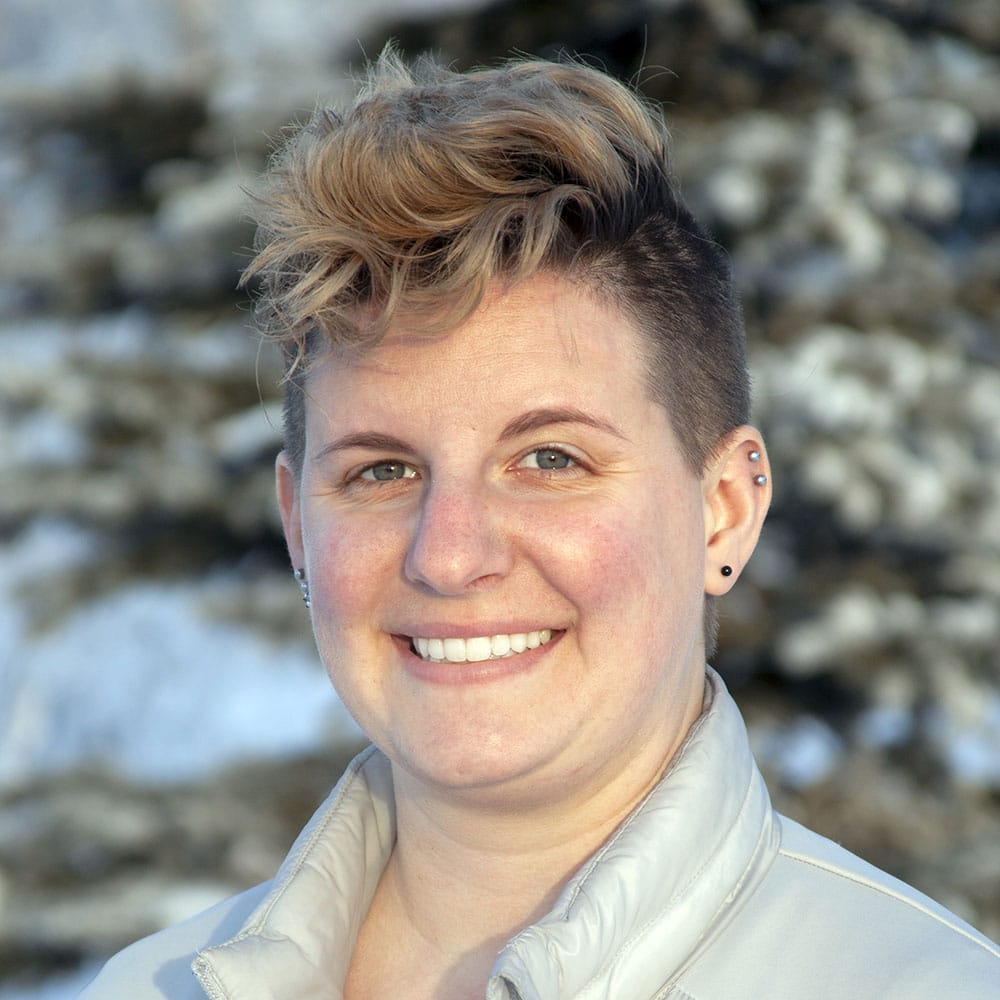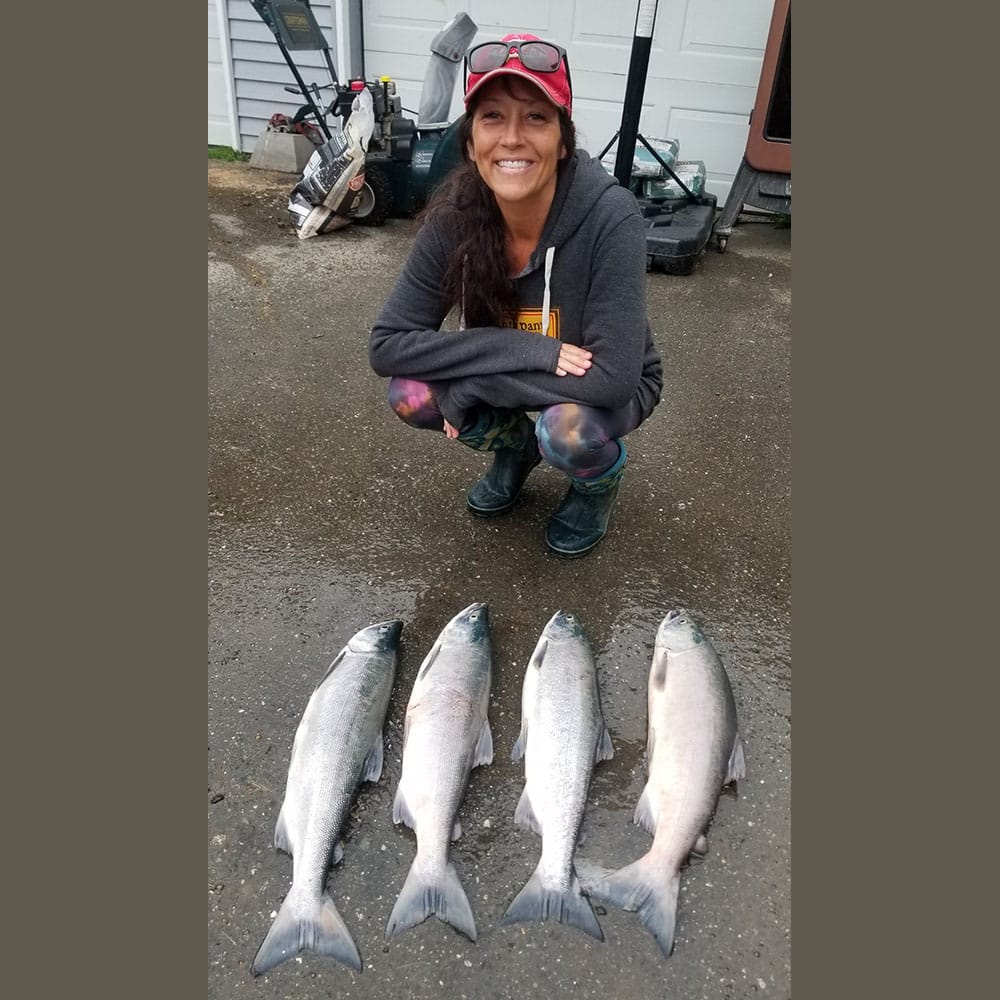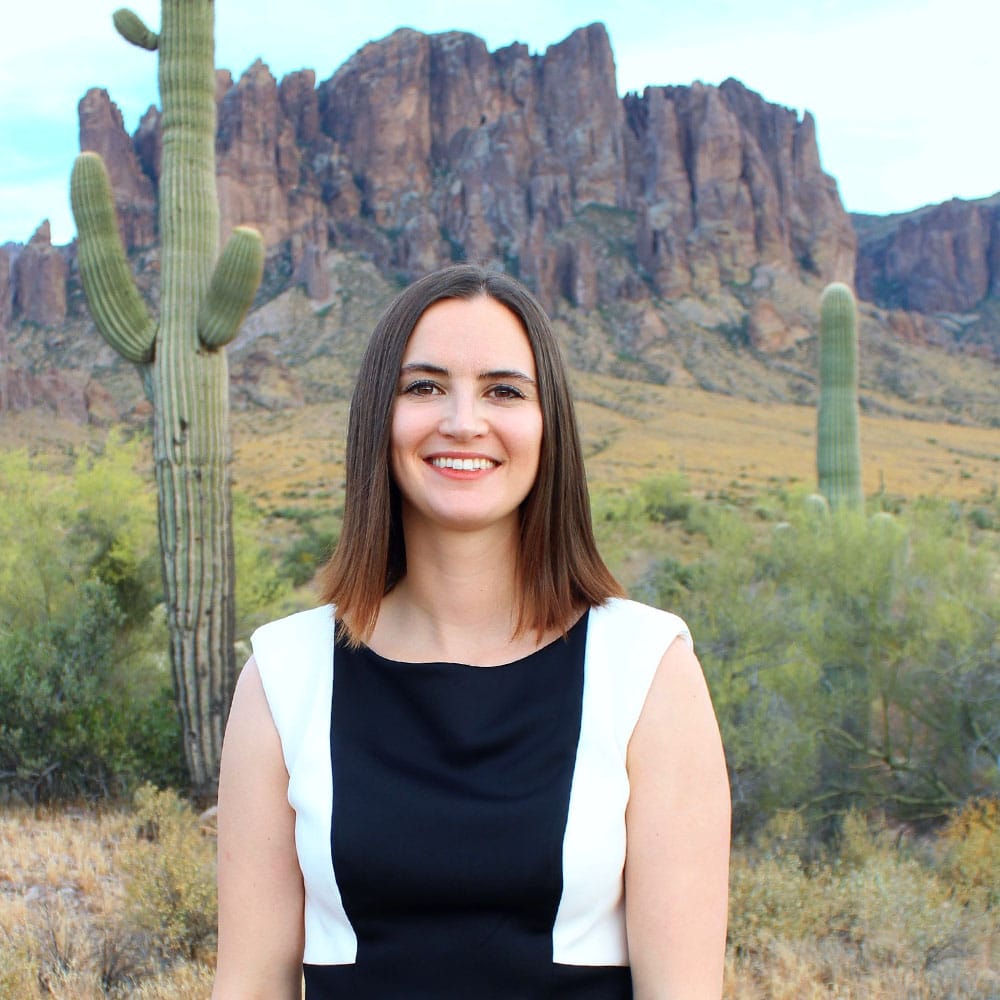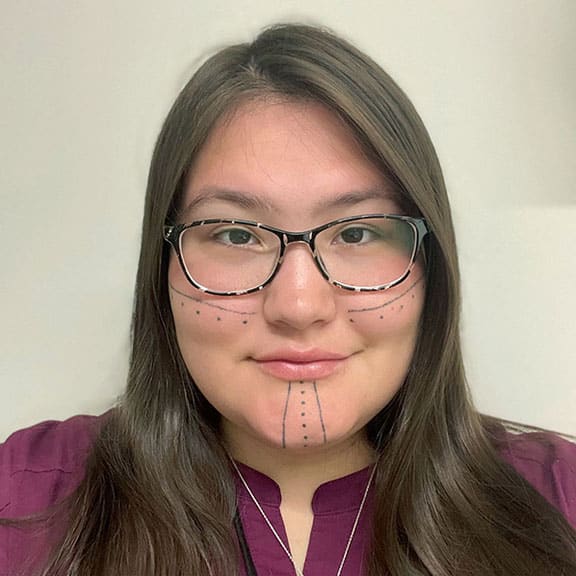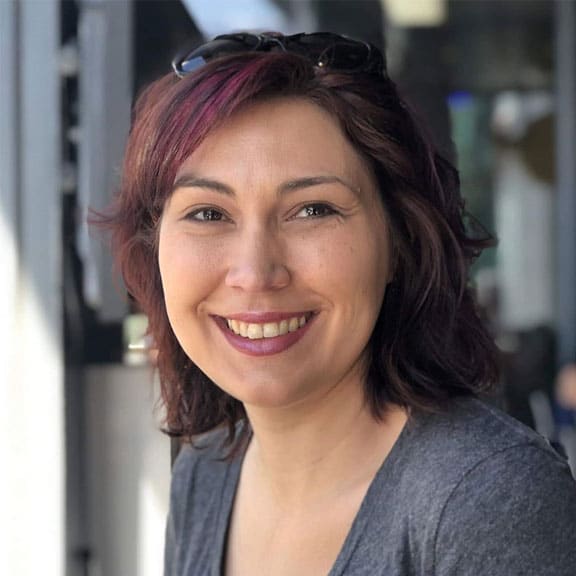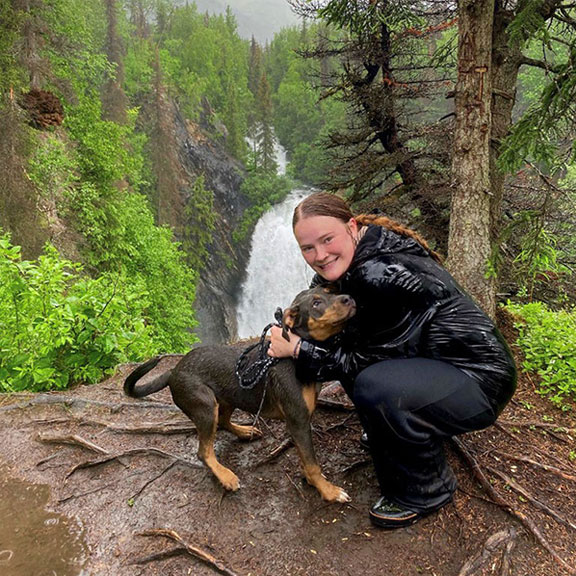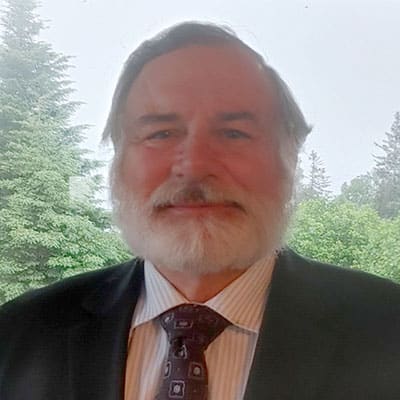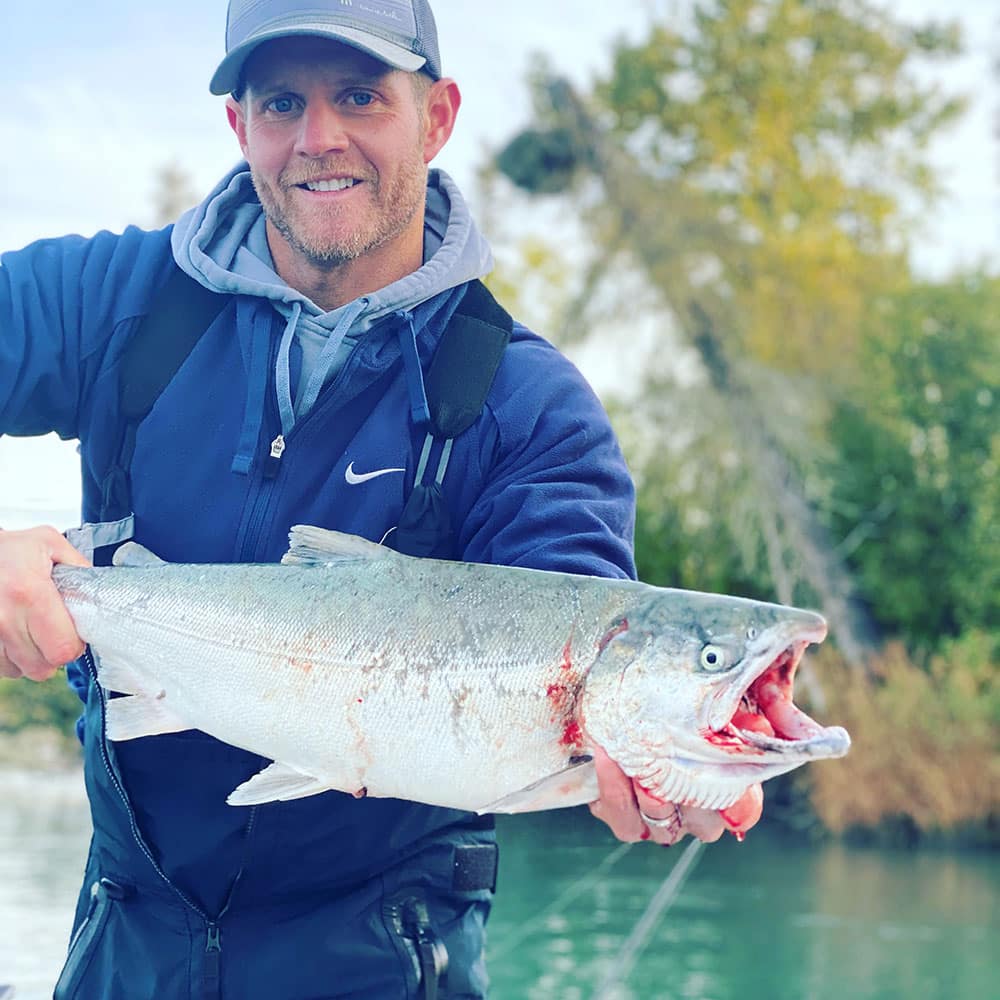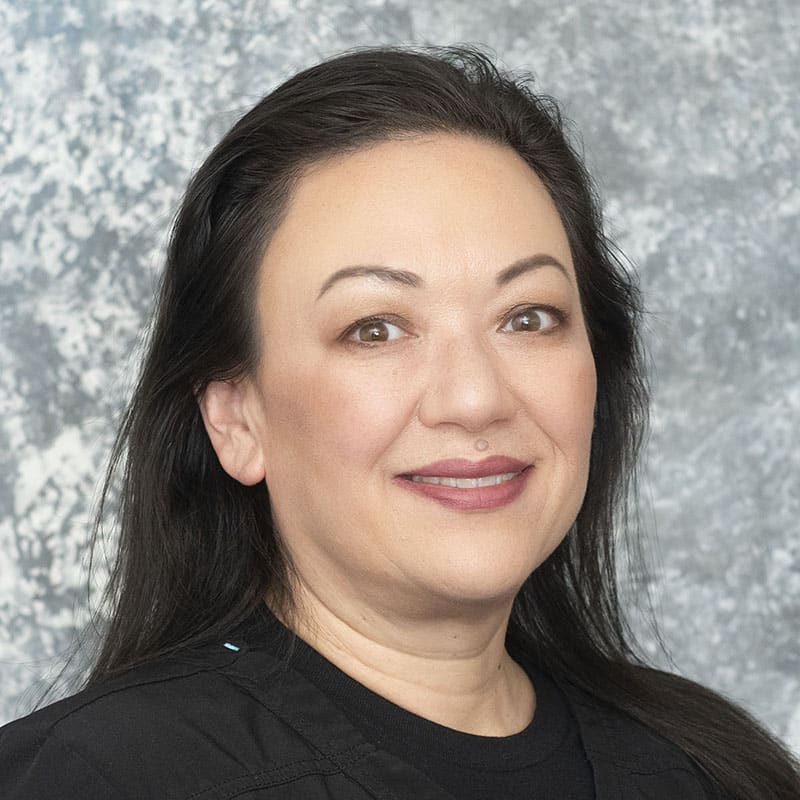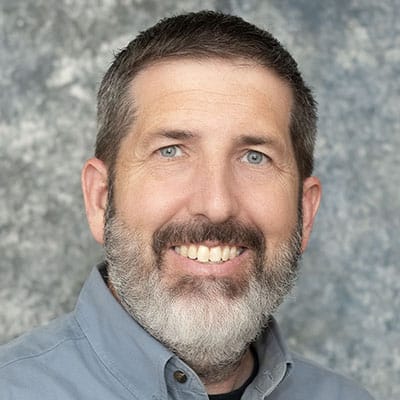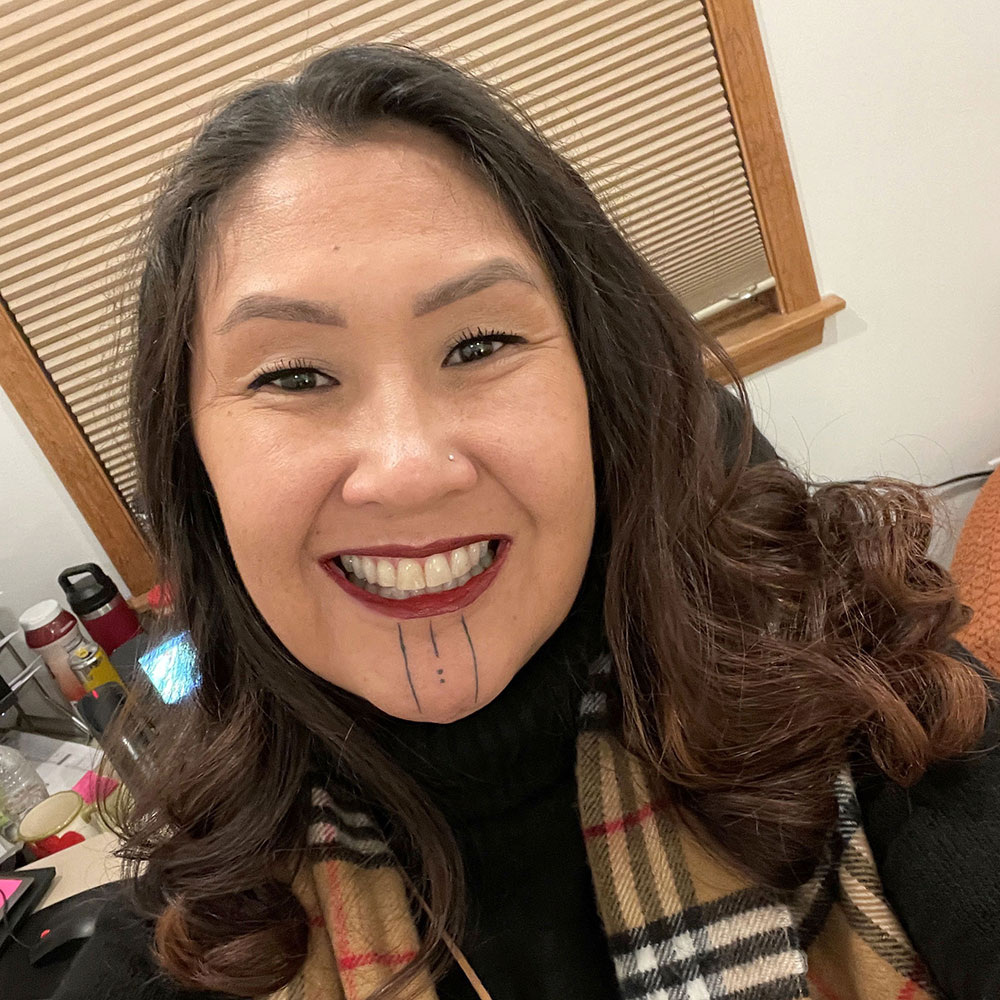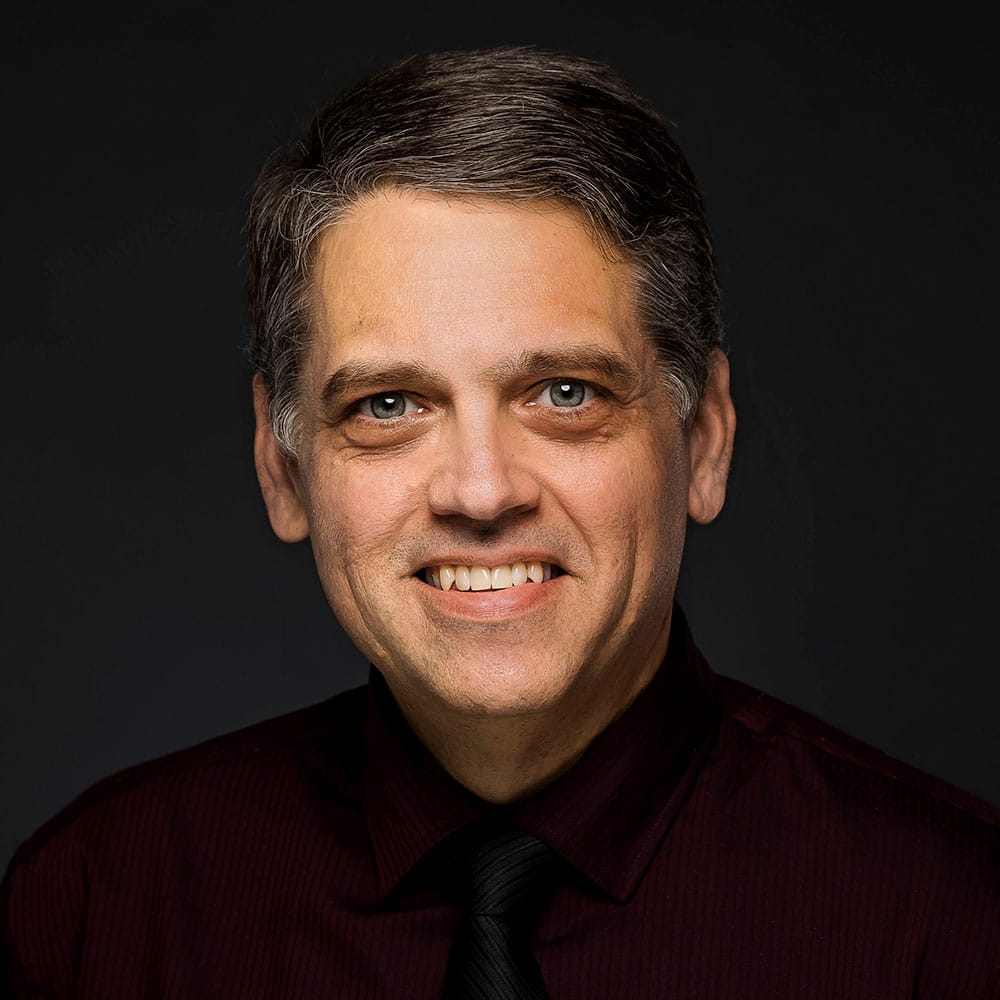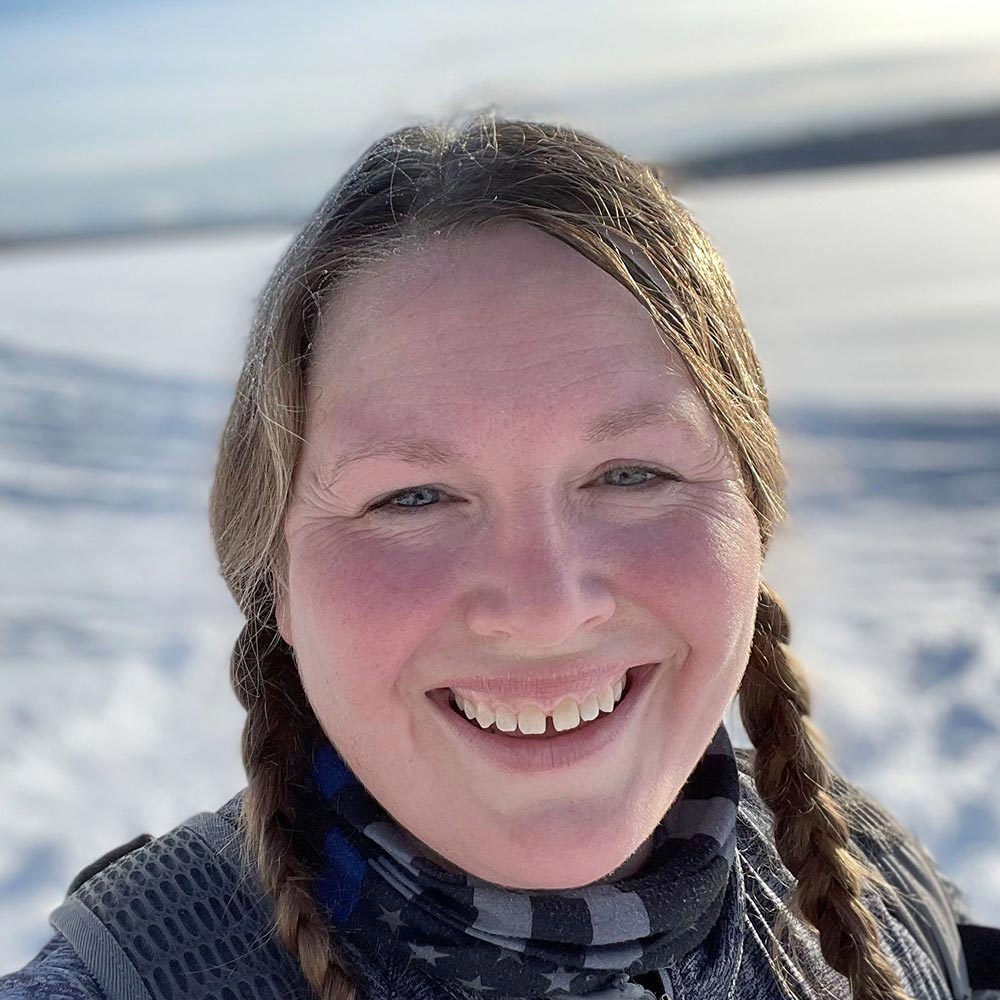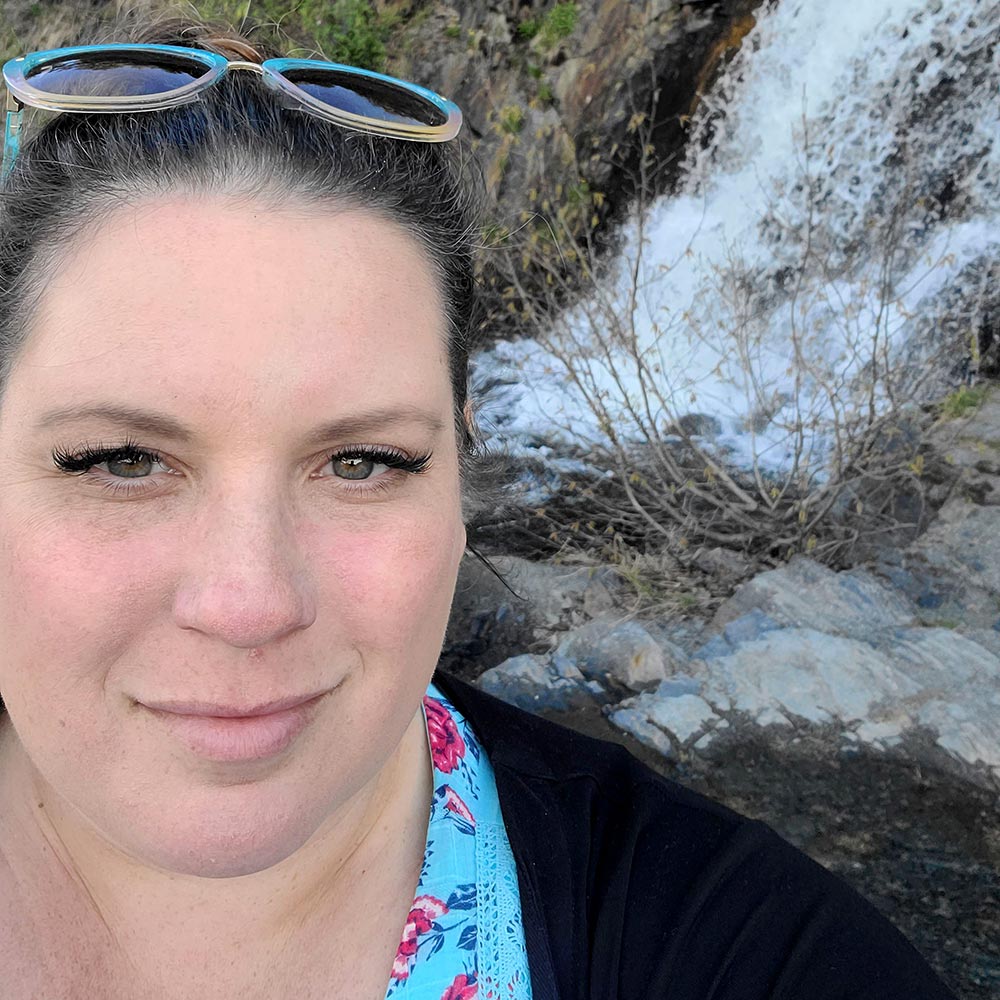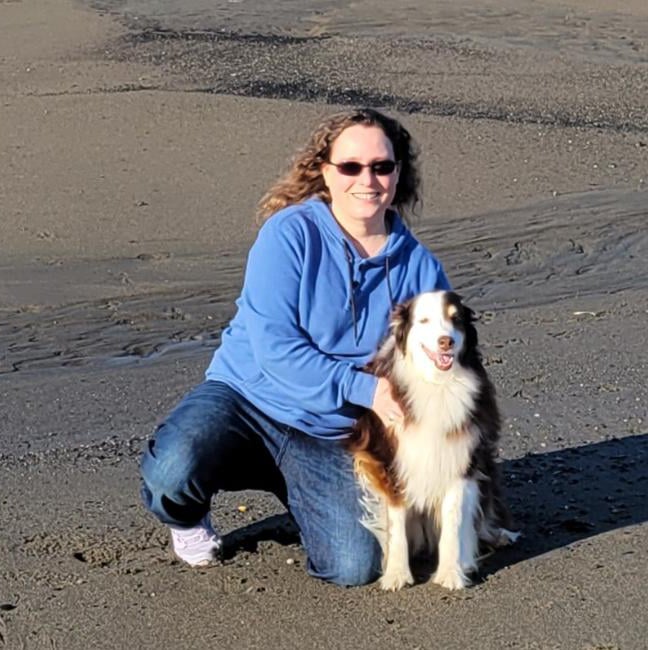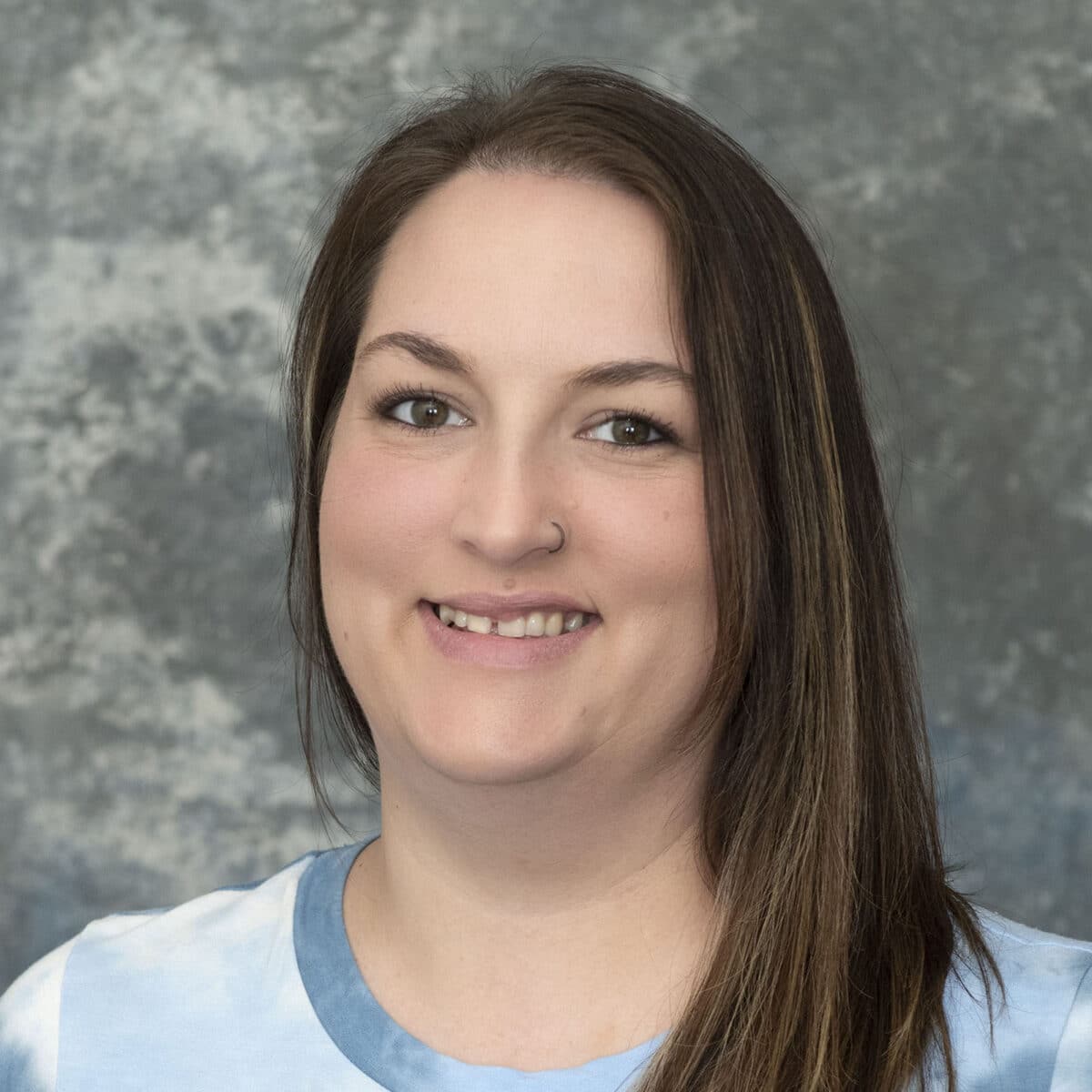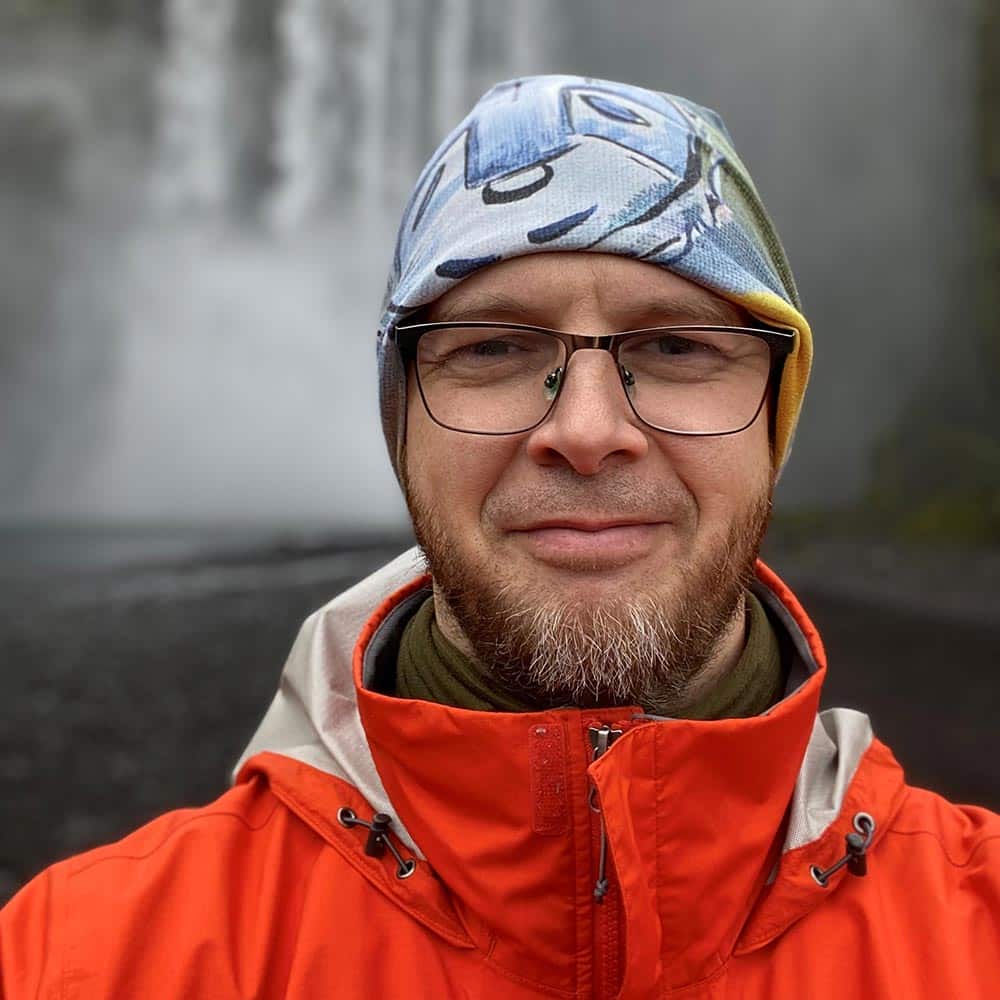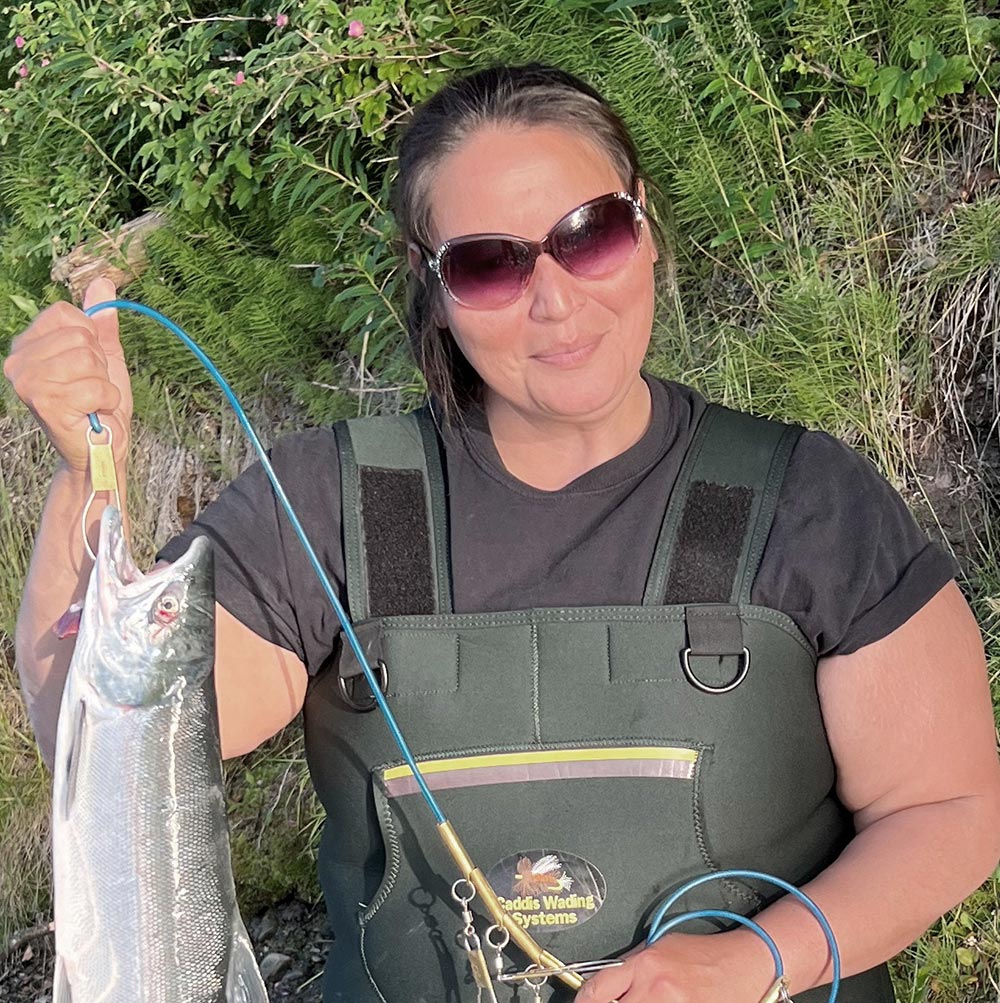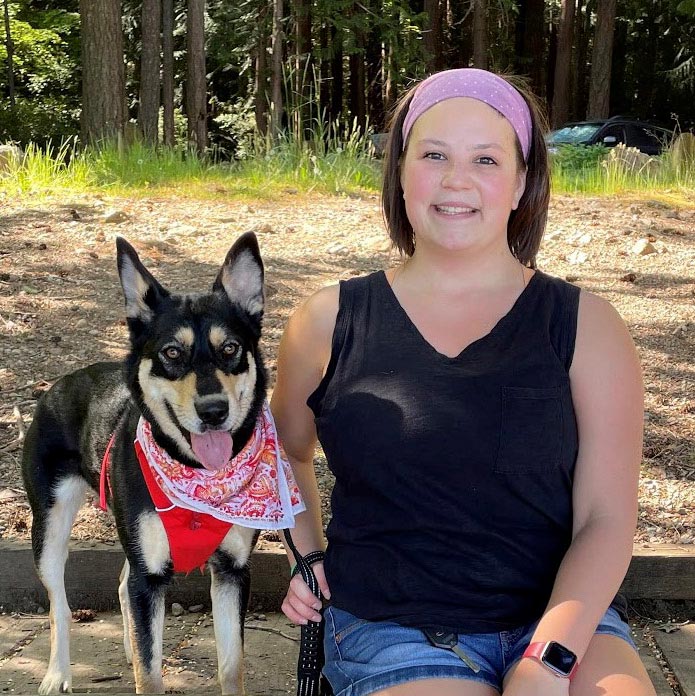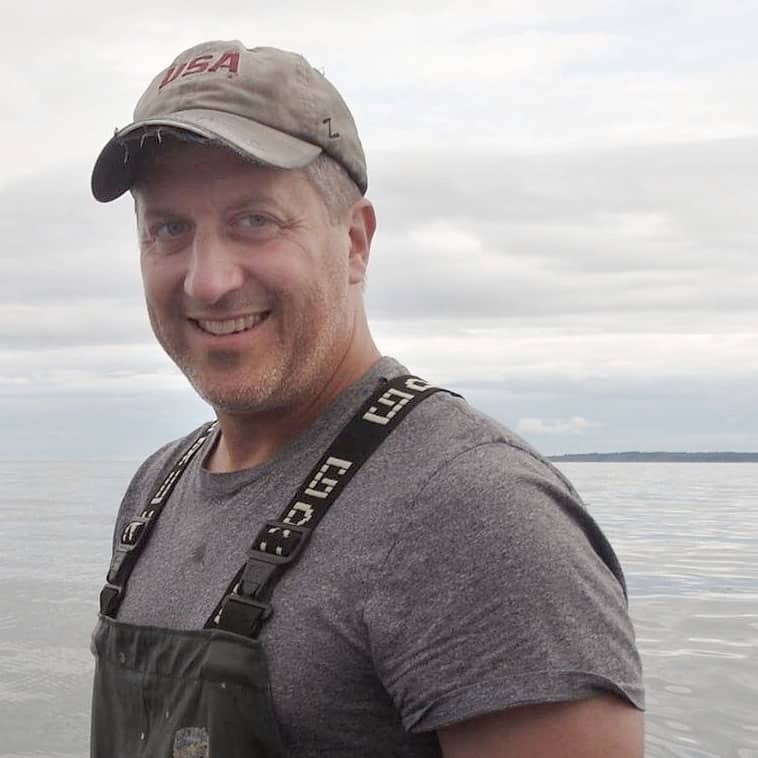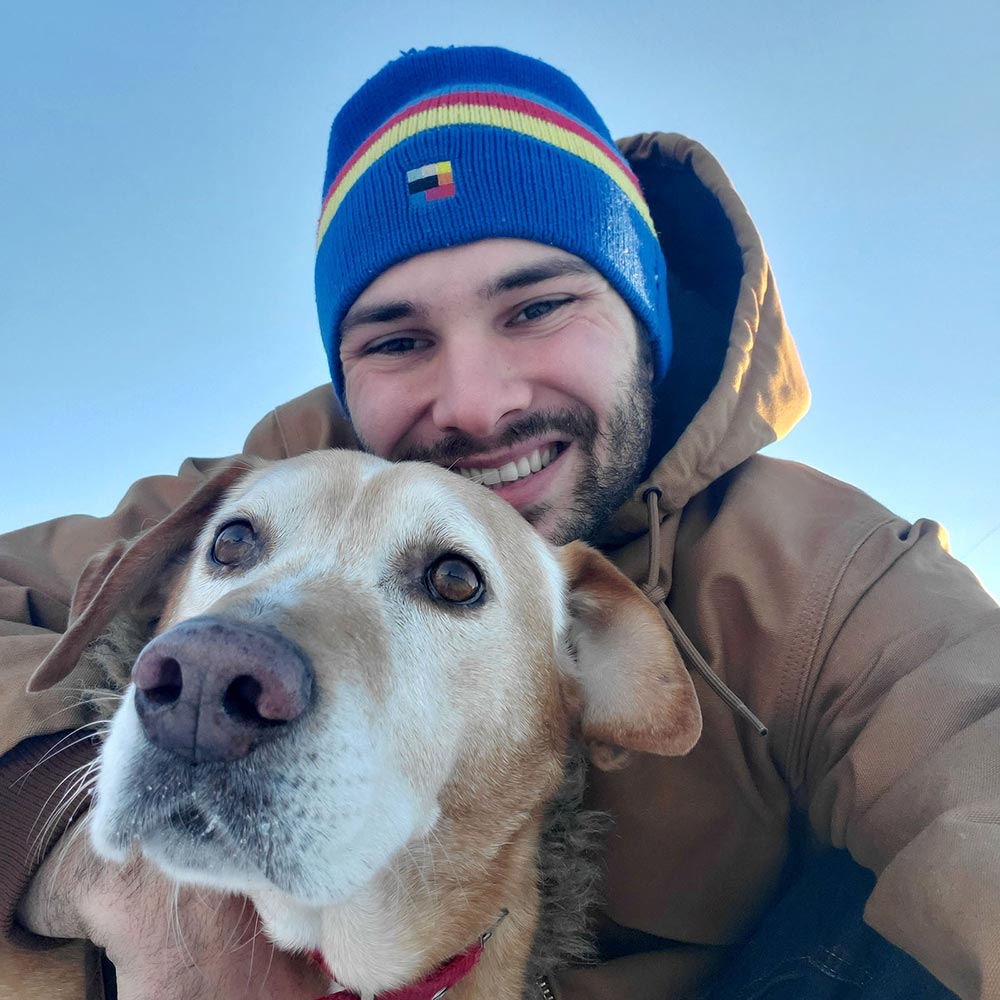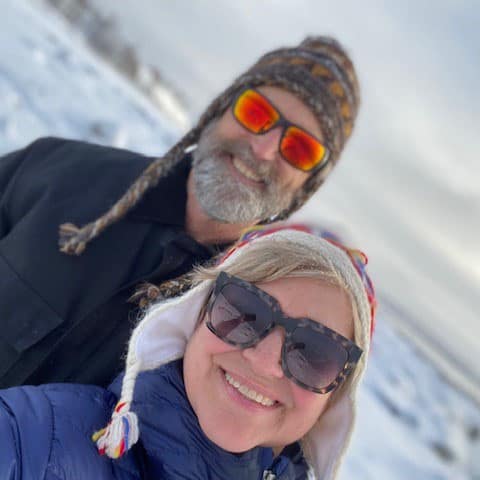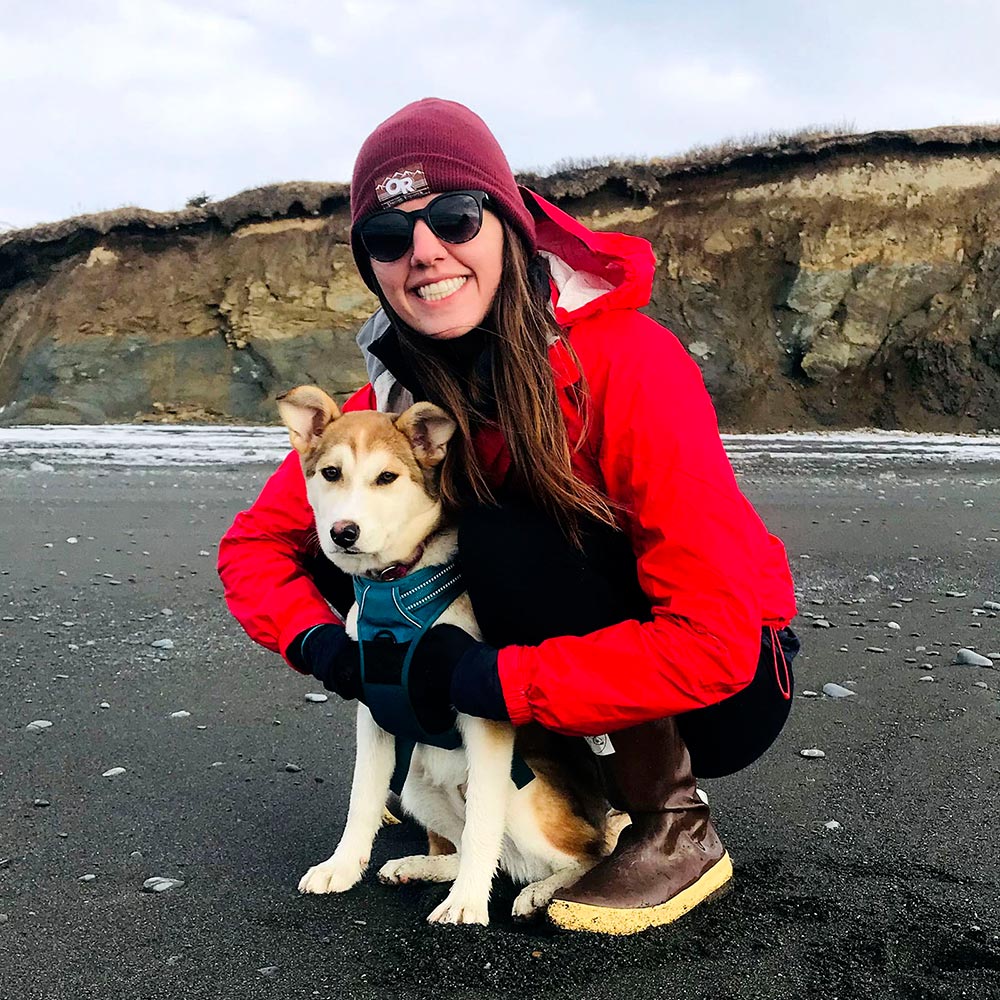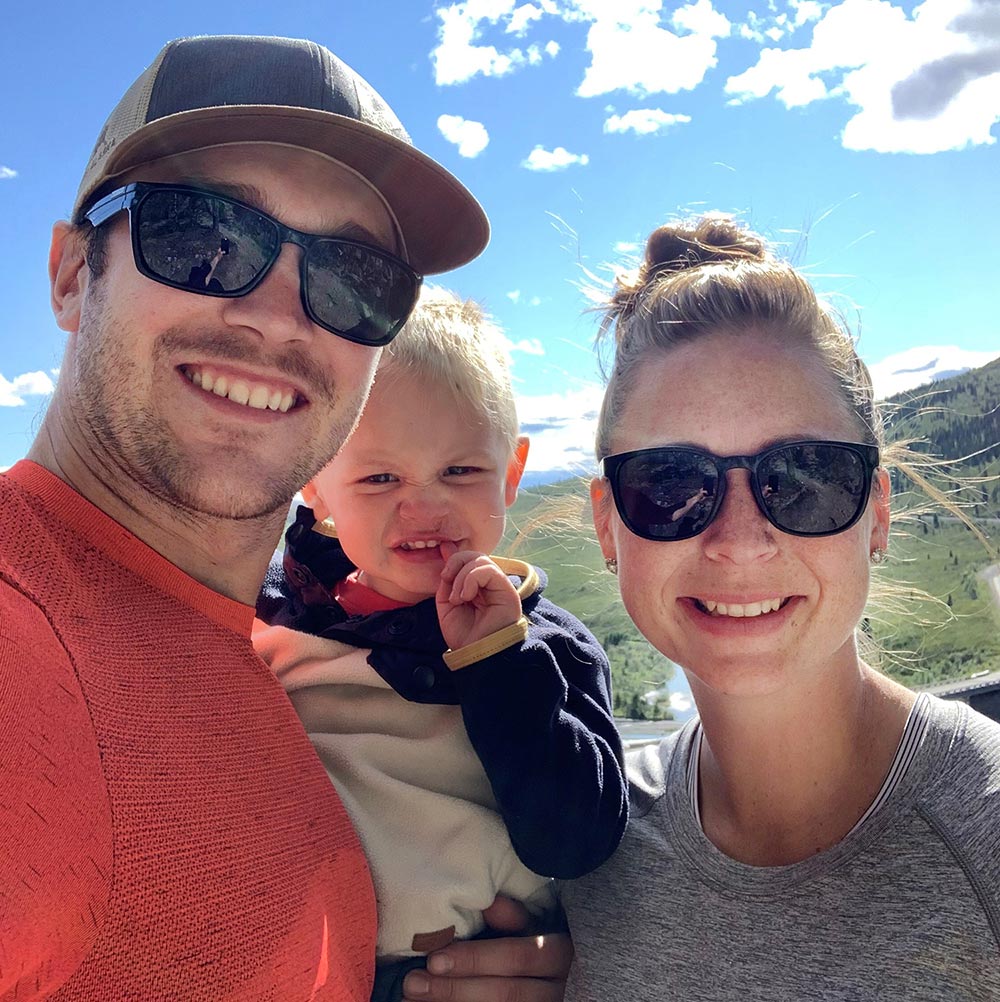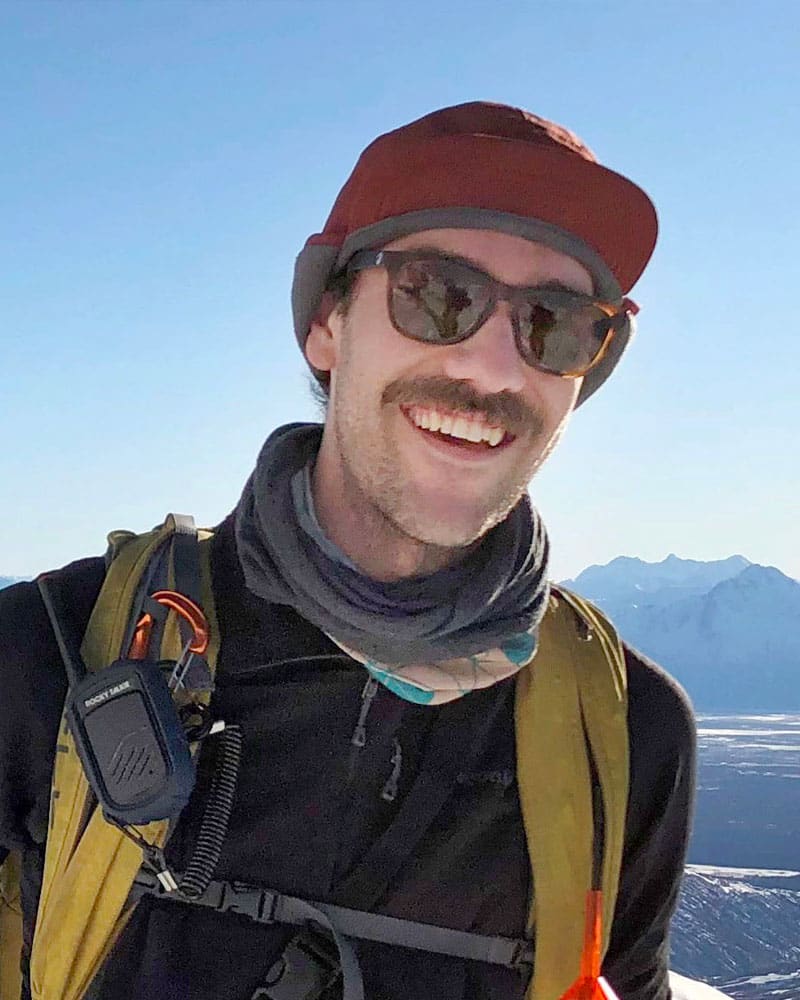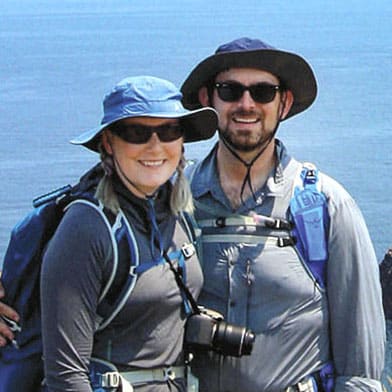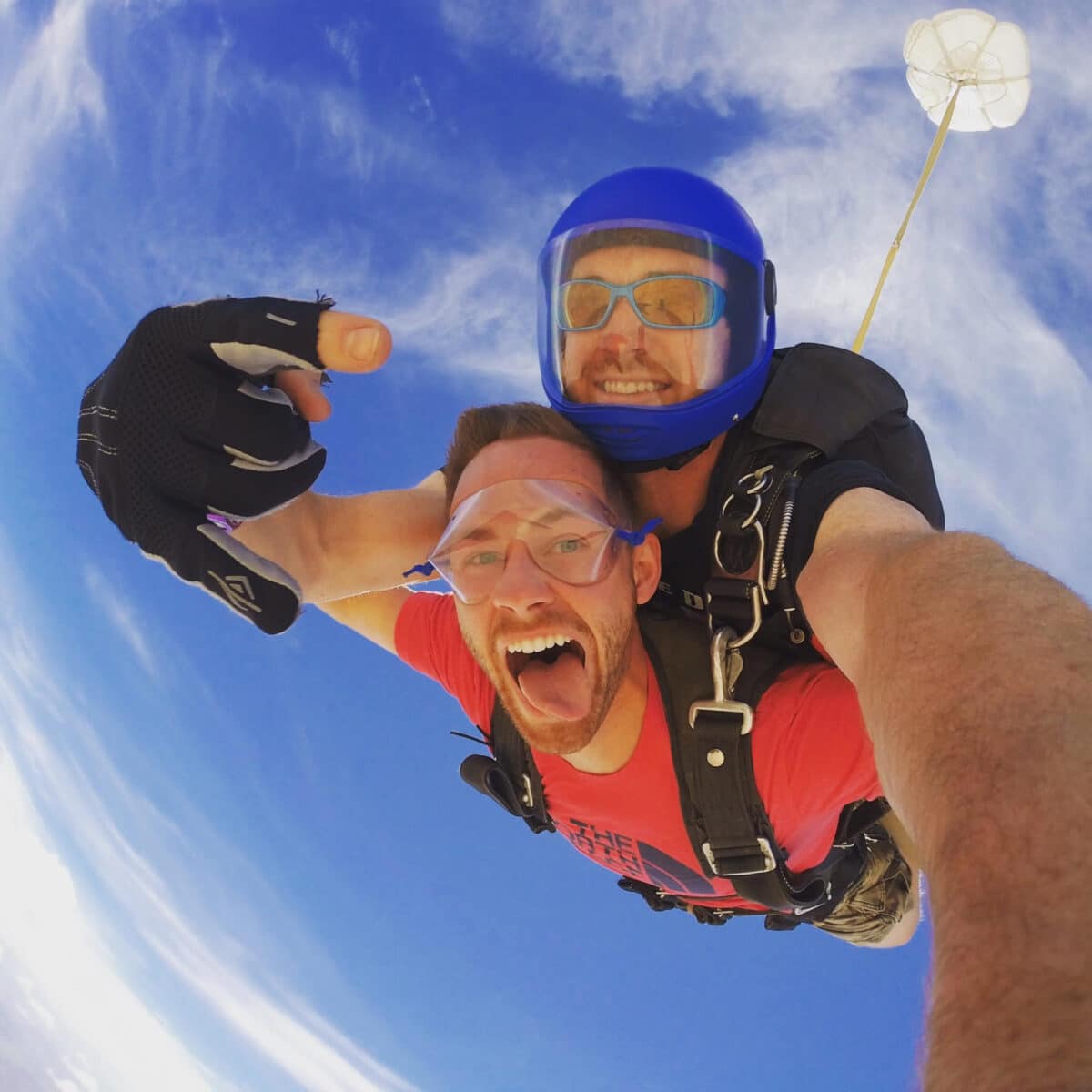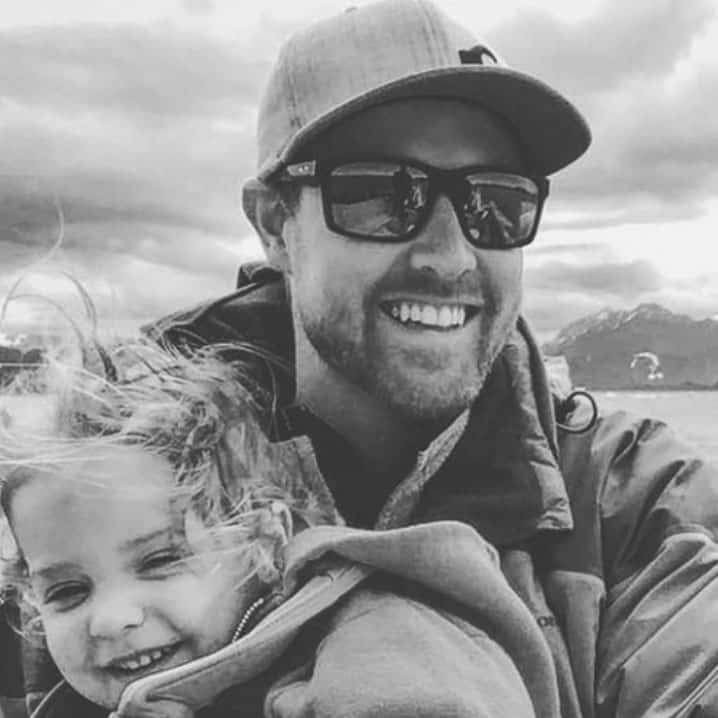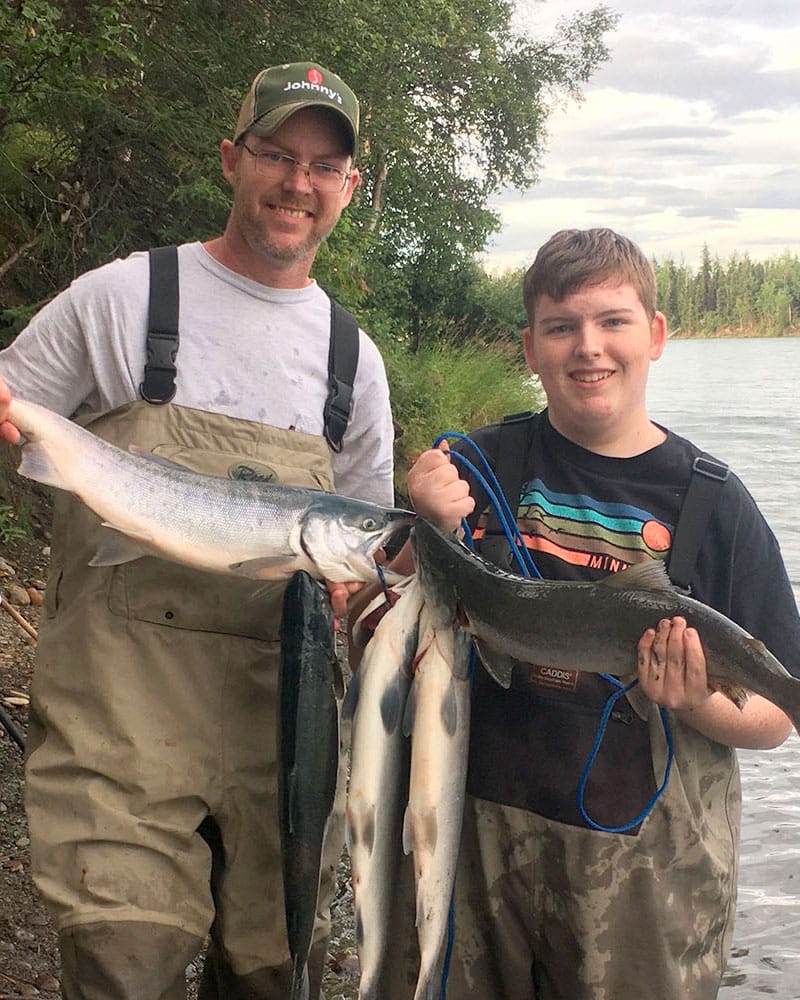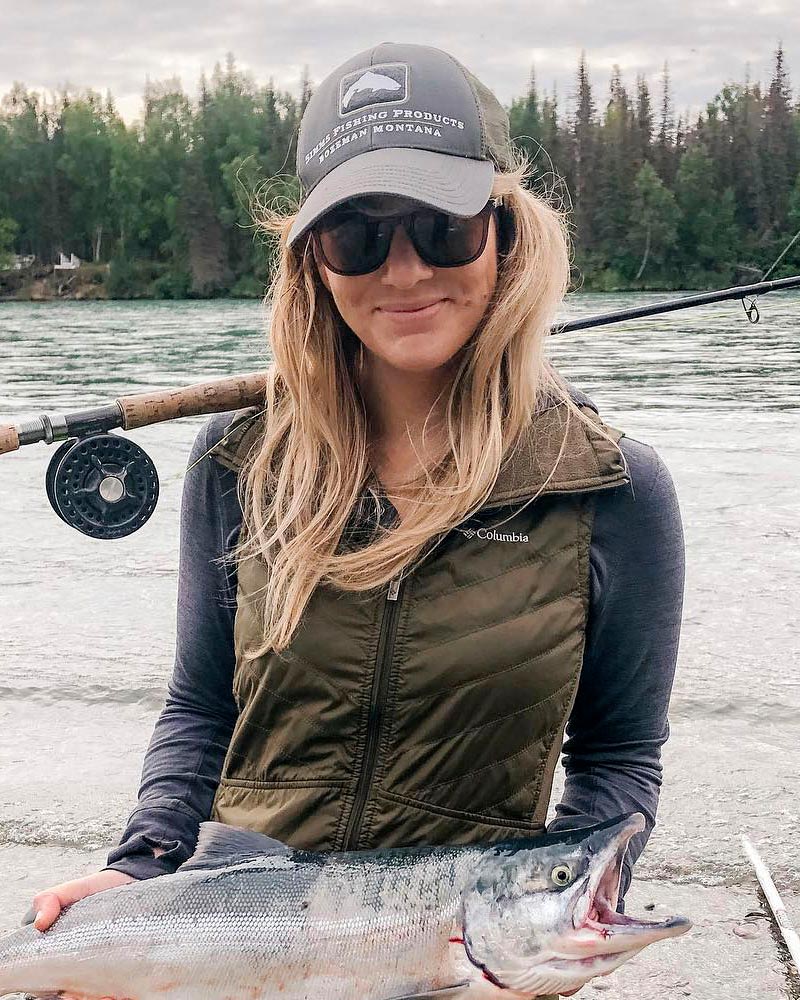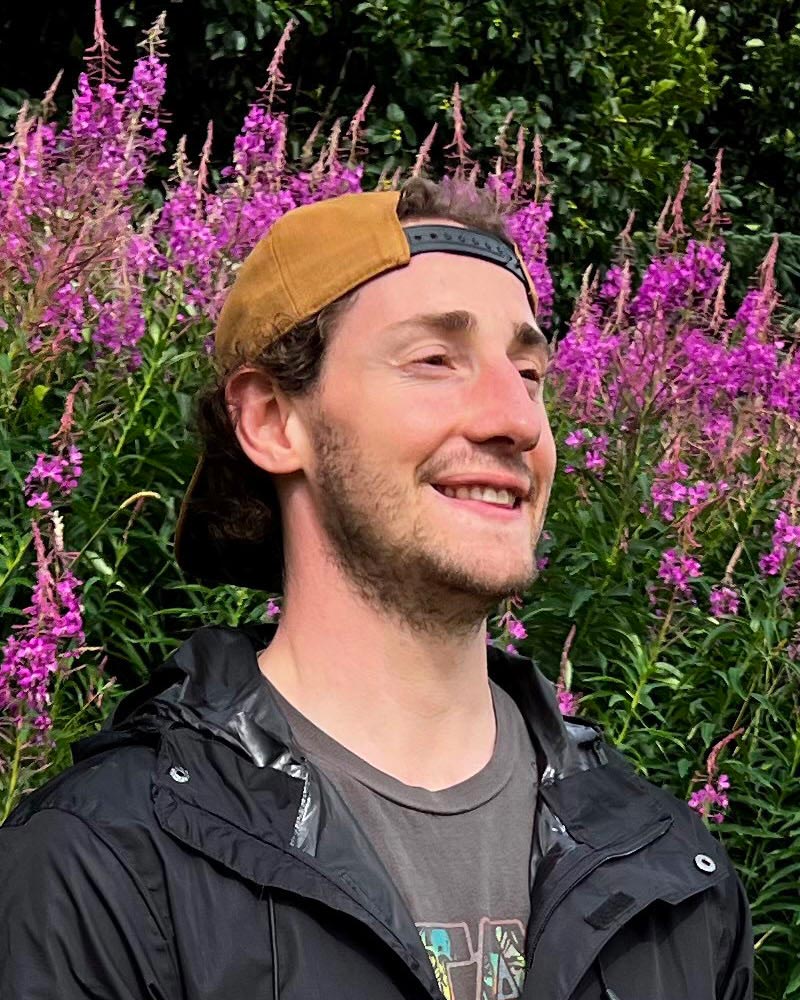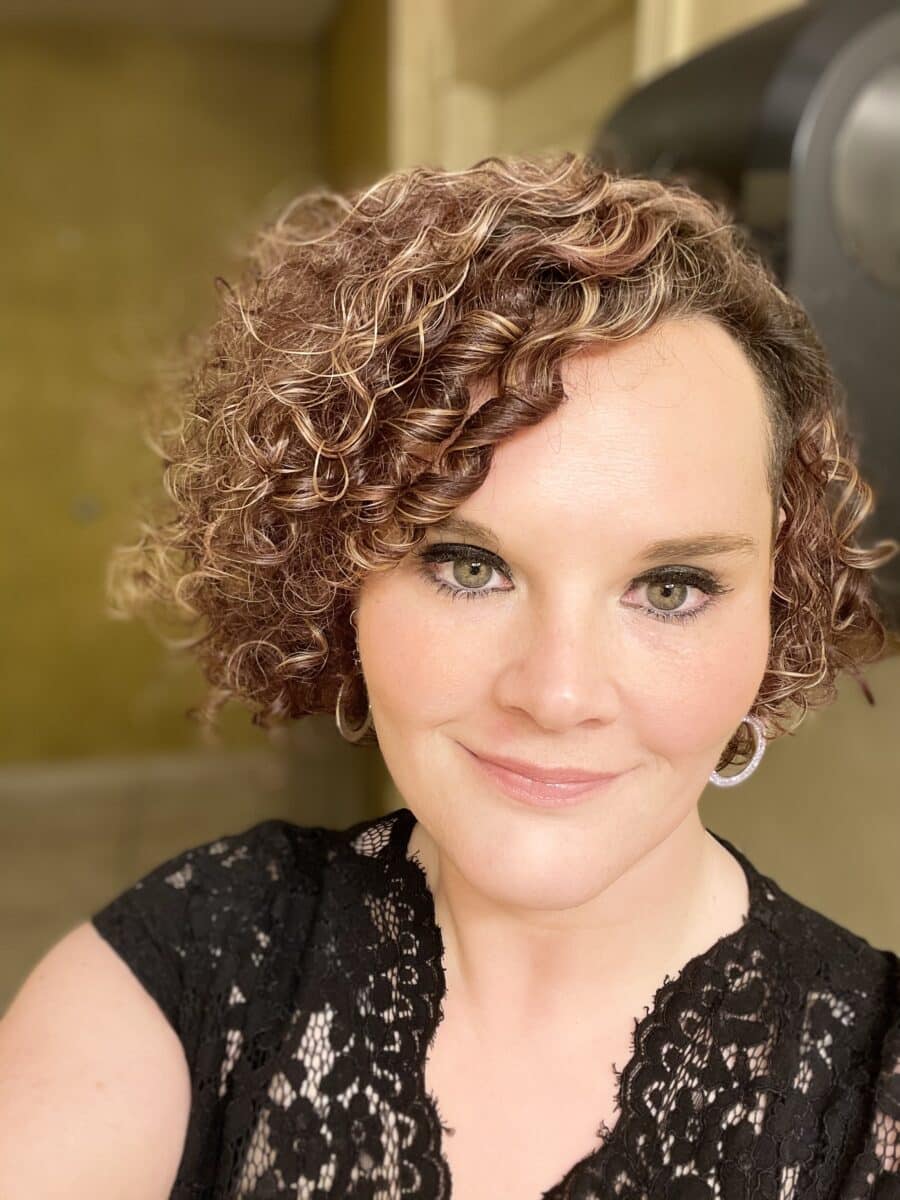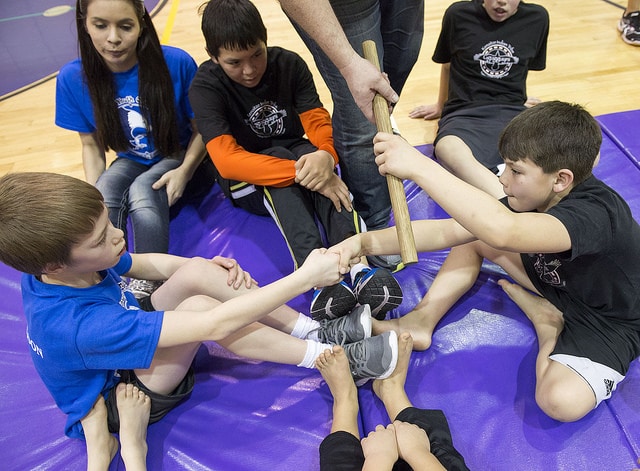
Kenaitze’s William Wilson, right, and Government Hill’s Seth Strange shake hands at the conclusion after competing in the Eskimo stick pull event on Saturday. Native Youth Olympic events stress respect for your competitor. Children coach and encourage members of other teams in order to raise the abilities of all competitors.
With his hands wrapped around the stick and knees bent at a 45-degree angle, Ben Boersma sat across from the opponent and stared into his eyes.
“Ready. Set. Pull!” the official proclaimed.
The competitors began pulling the stick in their own directions, grimacing as the soles of their shoes pressed together. After a few seconds, Boersma’s opponent leaned to the side and let go of the stick. The duo stood up and shook hands.
The Eskimo stick pull, Boersma’s favorite event, occurred during the three-day Native Youth Olympics hosted by the Kenaitze Indian Tribe’s Yaghanen Youth Program in January at Kenai Middle School. The invitational, which attracted athletes from as far as Chickaloon, was part of the Peninsula Winter Games organized by the Soldotna Chamber of Commerce.
The invitational is open to youth up to the age of 18 and emphasizes sportsmanship through a range of traditional events, including the two-foot high kick, arm pull, scissor broad jump, wrist carry, seal hop, and more.
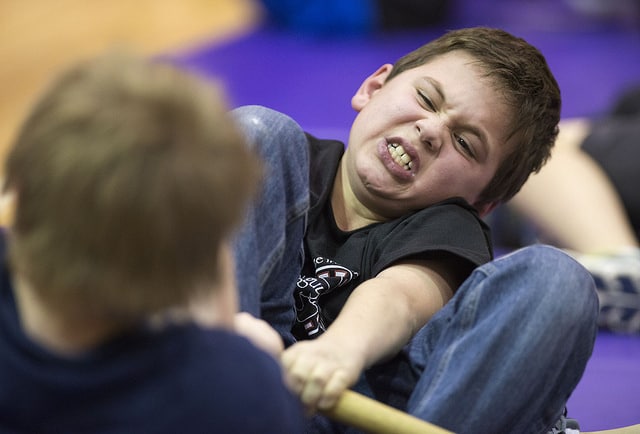
Nolan Freeman grimaces as he competes in the Eskimo stick pull event Saturday at the Kenaitze Indian Tribe’s Native Youth Olympics Invitational at Kenai Middle School.
For Boersma, 10, a student at the Kaleidoscope School of Arts and Sciences in Kenai, it was his first year competing. In addition to the Eskimo stick pull, he participated in the Alaskan high kick.
Boersma participated as a member of the Kenaitze team and said he registered for the competition after a friend involved in the Yaghanen program urged him to give it a try.
“I thought it would be fun because I had never done it,” Boersma said. “It’s been fun, it’s been great.”
Boersma started practicing in mid-September and was pleased with his top-10 finish in the Alaskan high kick on opening night. As a first-year competitor, he said he appreciated the supportive environment and camaraderie among competitors.
“It helps me when I’m doing an event because I believe in myself, which helps me do better,” Boersma said. “Without that, I probably wouldn’t do as well.”
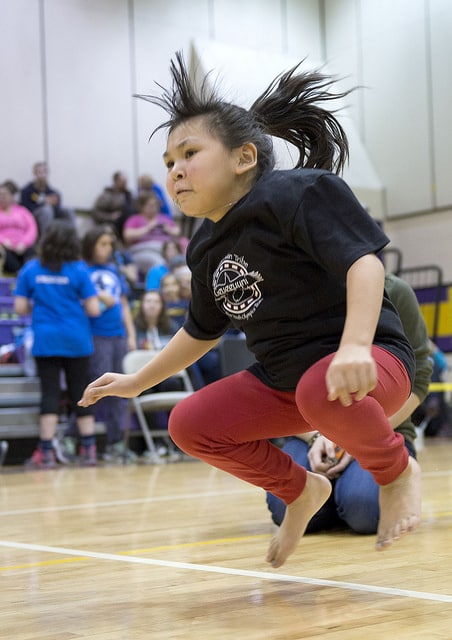
Kenaitze’s Abby Seamen heads to her feet in the kneel jump event Saturday. Athletes have to go from kneeling on their knees to a standing position without using their hands or taking a step to balance themselves.
For other athletes, NYO is an event to which they look forward all year.
Greg Smith, a senior at Homer High School, got involved in the World Eskimo-Indian Olympics six years ago, which led him to NYO.
A member of his high school’s football and baseball teams and hoping to play baseball collegiately, Smith said it’s a good change of pace to participate in traditional activities.
Like Boersma, he said the sportsmanship among athletes is what makes NYO special. With that experience, he tries to bring a similar attitude toward school sports.
“It’s awesome because you see athletes helping athletes,” said Smith, who in addition to competing helped with setup and scorekeeping. “It’s not so much about competing against each other, but participating with each other. It’s such a cool aspect.”
The weekend-long festivities also included a potluck dinner for competitors and their families, as well as a concert by tribal funk band PAMYUA. The concert raised money for the Yaghanen program.
Yaghanen Manager Michael Bernard said NYO continues to grow. This year, he estimated there were about 130 athletes who competed, up from last year’s total.
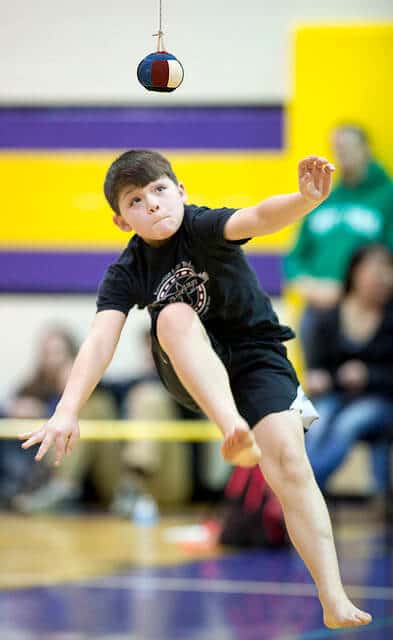
William Wilson competes in the one-foot high kick, an event that demands strength, flexibility and focus, during Kenaitze’s Native Youth Olympics Invitational.
The field included athletes from across the central Kenai Peninsula and beyond, including Chickaloon and the Matanuska-Susitna Valley. Bernard attributed the growth to social media, word-of-mouth and the fact that participants and families alike have a good time.
“I think that people are hearing about it and want to be part of it,” Bernard said. “I’ve heard a lot of comments that they really look forward to this event.”
Based on the enthusiasm of athletes during the award ceremony following the events Saturday, Bernards assumption appeared accurate.
As top-five finishers were called to the podium to receive individual awards, their teammates – and competitors – filled the gymnasium with applause and cheer.
“They know there only will be five people standing up there, but there’s, what, 50 of them cheering for them?” Bernard said. “It’s not just the winning teams and athletes celebrating – it’s everybody.”


